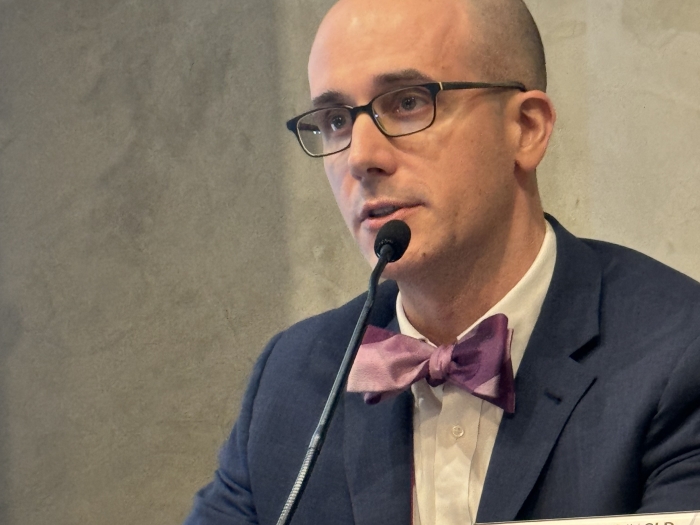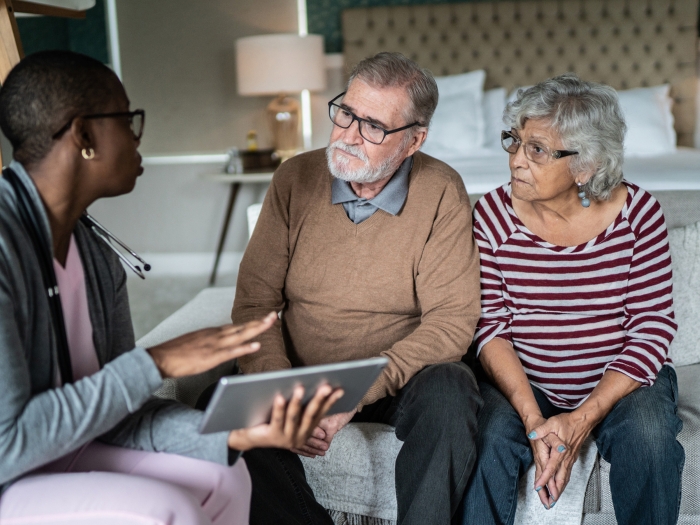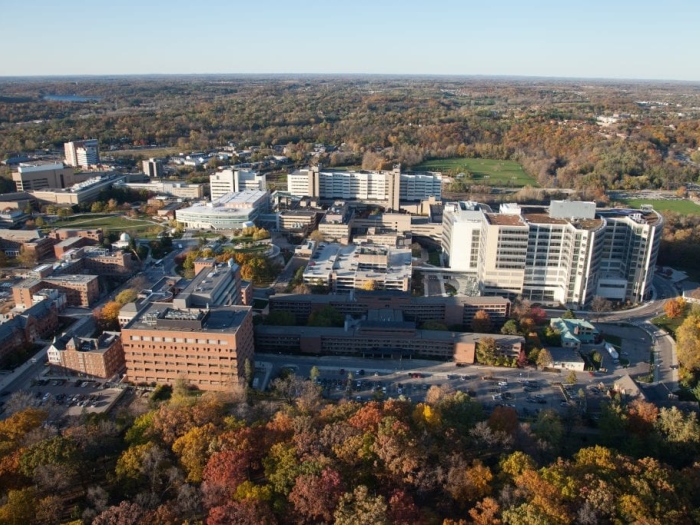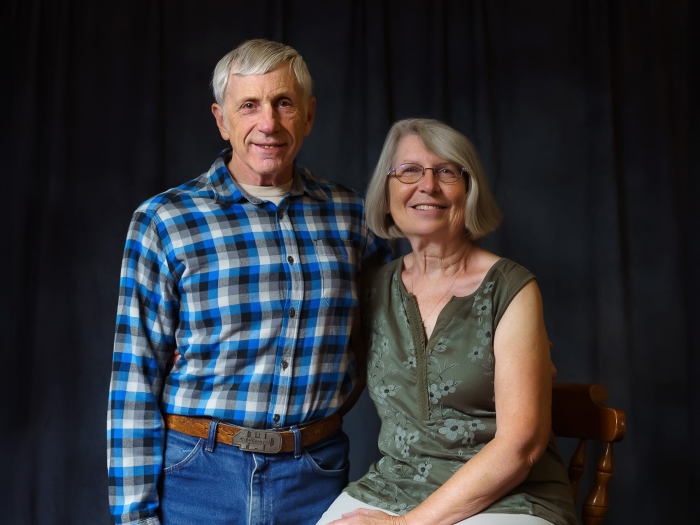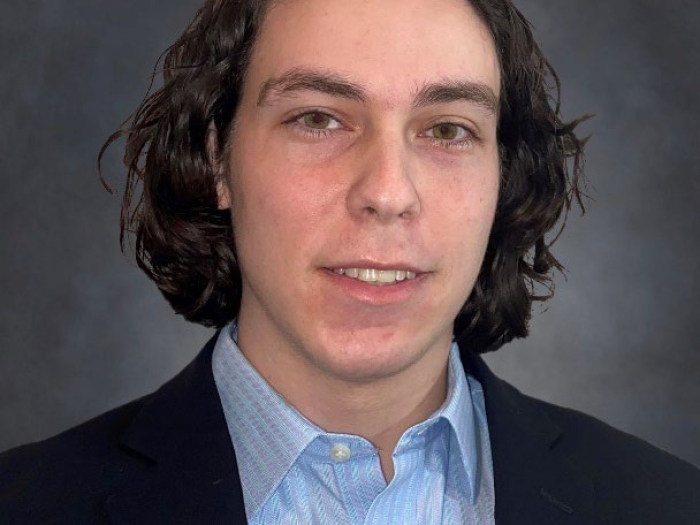From the moment I started medical school at Michigan, I had been looking forward to September of my M4 year, and not for the reason that might come to mind first - residency applications - but for the Wilderness Medicine elective. Spending a month mostly outdoors learning how to care for injured hikers, climbers and kayakers as well as a week backpacking at Isle Royale National Park seemed too good to be true. Then I heard about the caving. I had found the catch. I'm rather claustrophobic and there was no fiber of my being that wanted to go into a cave. The allure of backpacking on Isle Royale, however, won out and that's how I found myself in a cave outside of Bloomington, Indiana.
One of the stunning views from our trip Isle Royale National Park that never grew old. Photo credit - Owen Brown, M4.
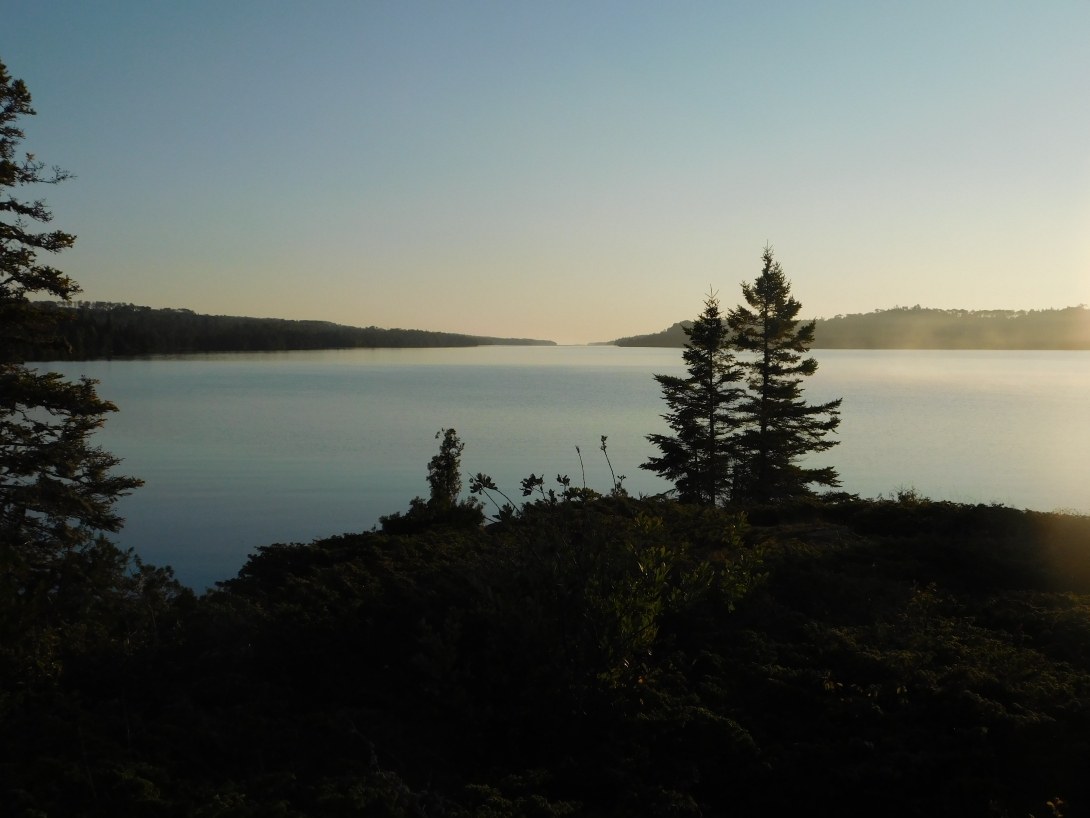
The caving trip was the last in a series of adventures of the Wilderness Medicine rotation. The first adventure was a drive to Copper Harbor, Michigan, population 108, on the tip of the Keweenaw peninsula followed by a 3.5-hour ferry to Isle Royale National Park, the least visited National Park. On Isle Royale we backpacked for five days along rugged, rocky coastline and across the central ridge of the island. In the evenings, after a dip in the frigidly refreshing Lake Superior, we had peer teaching on different wilderness medicine and survival concepts including foraging, emergency shelters and animal trapping. Upon our return to Ann Arbor, we kayaked and practiced drowning rescues, went rock climbing, and participated in the Midwest MedWar - a trail race with medical obstacles and orienteering. Suddenly three weeks had passed, which meant it was time for our our last adventure - caving.
We arrived at Buckner cave, outside of Bloomington, in the heart of cave country midday on the last Monday of the rotation. Once we got geared up and packed - helmet, headlamp, backup flashlight, backup candle, knee pads, snack - we entered the cave led by several members of the National Cave Rescue Commission. We spent five hours exploring the cave starting with about a ten-foot army crawl followed by hands and knees crawling that gradually progressed to crouching and then to standing. Our path - the Circle Route - consisted of narrow passages that opened into rooms where our group of just under 20 could sit comfortably and learn about various medical scenarios that occur in caves from strains and sprains to pelvic fractures to heart attacks to hypothermia - many similar injuries and medical conditions one would expect to see in the hospital just with fewer resources and tighter quarters. My favorite session was practicing with the Palmer furnace - a surprisingly effective hypothermia prevention technique that involves a candle and a garbage bag. Within minutes, I was nice and toasty in the 55 degree cave.
After a night tent camping in the field next to the cave, we spent an hour learning about how to actually extract an injured or sick caver using two different types of litters. Then we tested our knowledge by actually coordinating a mock rescue ourselves. Surprisingly the rescue was less about medical knowledge and more about communication, teamwork, problem solving and preventing hypothermia. After several hours, our group of 16 successfully got our "patient" out of the cave! Much to my surprise, I actually really enjoyed the cave rescue scenario. By focusing on the problem and what needed to happen to get the team out of the cave, I forgot about my claustrophobia.
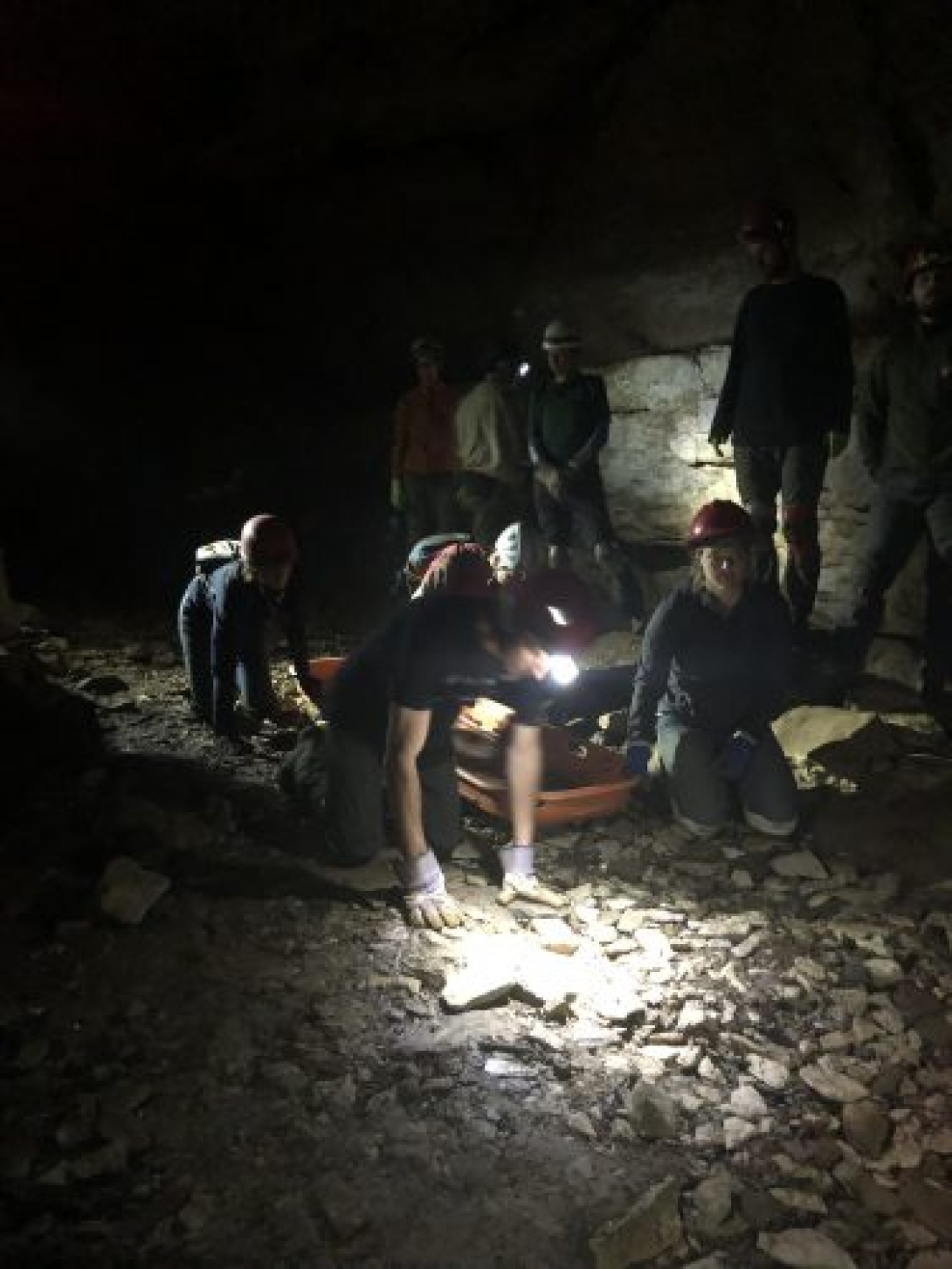

Department of Communication at Michigan Medicine
Want top health & research news weekly? Sign up for Health Lab’s newsletters today!

